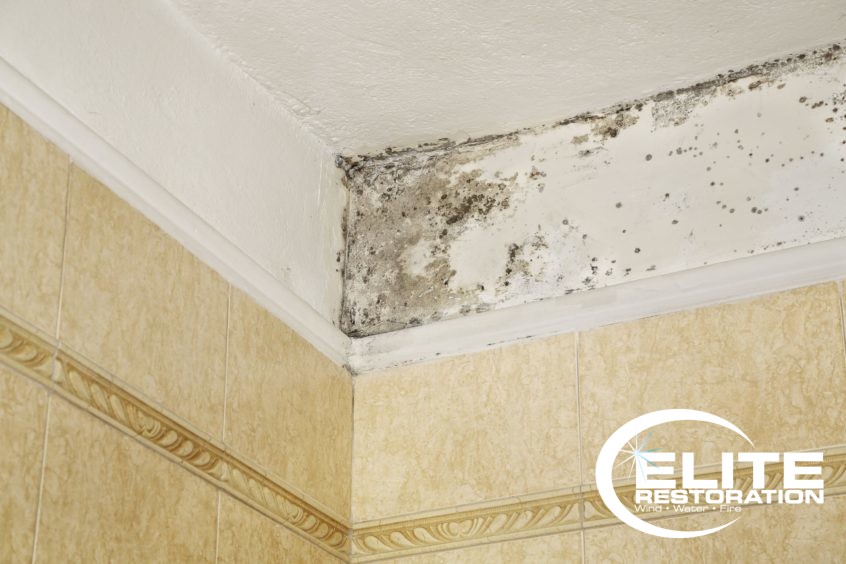Simple Fix to Keeping Your Bathroom Mold Free

A properly installed vent fan is an essential weapon against bathroom mold.
Mold likes moisture, that’s why bathrooms are so vulnerable to it. Water that gets onto the bathroom floor after showering or bathing is obviously a concern, but waterproof flooring materials like ceramic tile or sheet vinyl do a good job of minimizing the mold potential of water that gets on the floor. Moisture in the air is the greater concern— poor bathroom ventilation moisture can permeate wall and ceiling materials causing mold.
When the bathroom fills with a fog of moist air while someone is taking a hot shower, thousands of moisture droplets can condense on cool wall, ceiling, and window surfaces in the bathroom and even in adjacent rooms. Some of this moist air can penetrate into unseen building cavities through cracks and gaps around electrical outlets and molding. Because damp organic material (wood, paper-faced wallboard, paint resins, paper-faced fiberglass insulation) makes ideal mold food, we have the perfect recipe for a mold invasion.
Ventilation to the rescue! …Sometimes
The bathroom vent fan is a major weapon against bathroom mold. The fan’s job is to move moist air outside the house before it can condense and permeate into mold-prone materials. Most building codes require that bathrooms be equipped with “active ventilation” in the form of a ventilation fan. However, the bath fan only helps to prevent mold and moisture damage if it is turned on during bathing activities and kept on until moist air is moved outside. Who can say whether or not the next person to take a shower will remember to turn on the fan?
Another problem that can occur with bathroom vent fans has to do with how they are installed. Some builders mistakenly allow the fan to blow moist air into the attic, a practice that simply moves the mold problem to another part of the house. During cold weather, warm, moist air blown into a cooler attic will deposit its moisture on attic rafters and roof sheathing. Telltale black mold stains typically result from this ventilation error. Eventually, this mold can develop into wood rot.
Bathroom ventilation done right
Fortunately, there are several ways to make sure the bath fan is used properly to evacuate moist air. First and foremost, the fan must be ducted to the exterior, not to the attic. Best practice for bath fan installation also includes using spray foam or caulk to seal air leaks around the ceiling opening for the fan and covering the fan with attic insulation.
To ensure that the fan is always used to exhaust moist air from the bathroom, the fan can simply be controlled by the same switch that operates to the bathroom’s main light fixture. The fan comes on with the light, whether it’s needed or not. Another approach favored by many homeowners is to install a fan that is controlled by a humidistat. This device measures the bathroom’s humidity level, turning on the fan when a preset humidity level is detected. This type of sophisticated control will also turn the fan off automatically when the humidity falls below a preset level.

